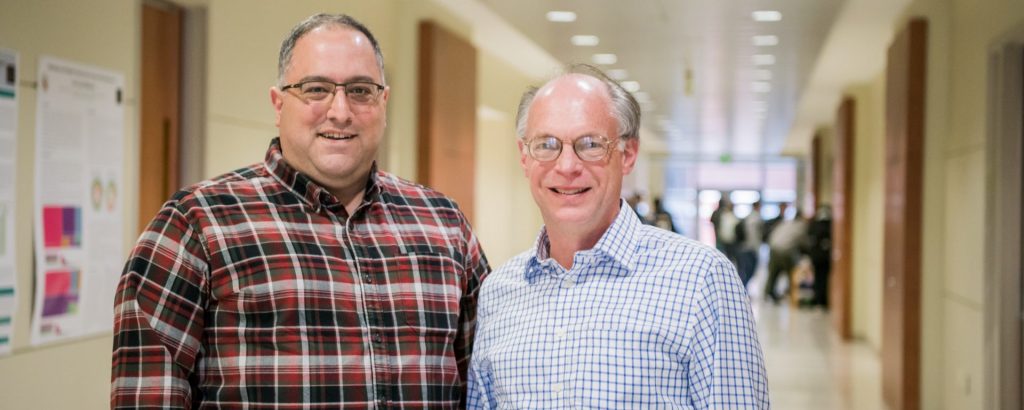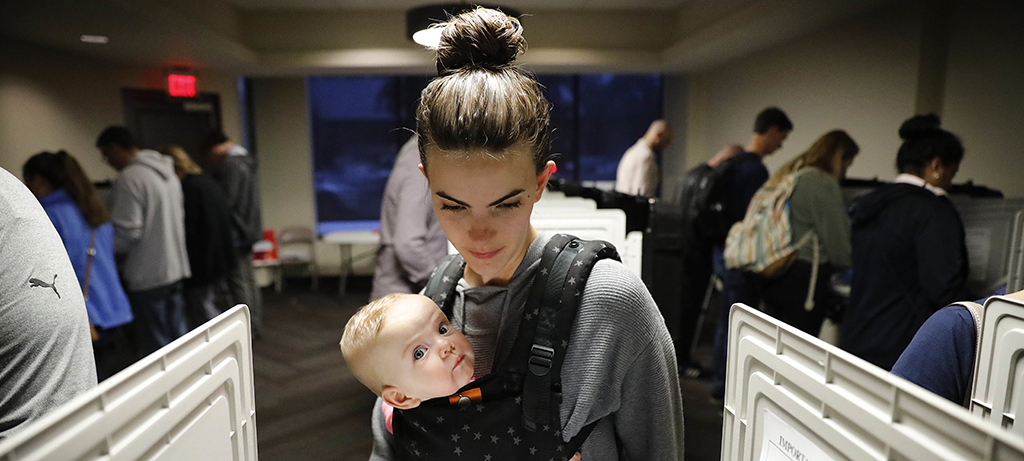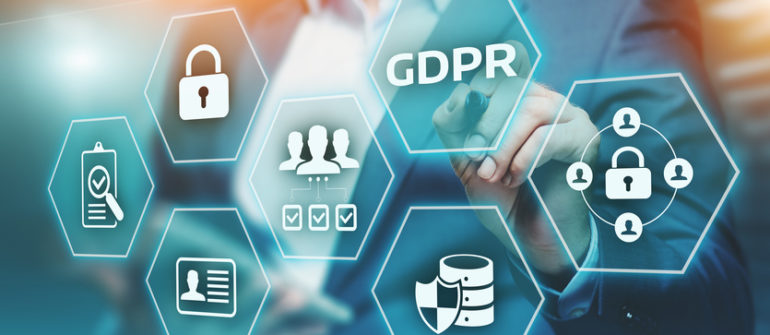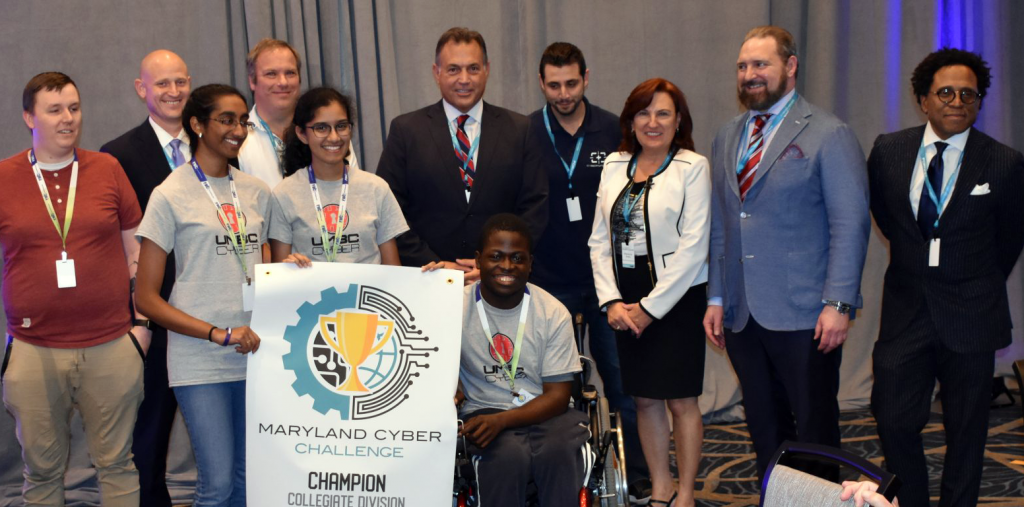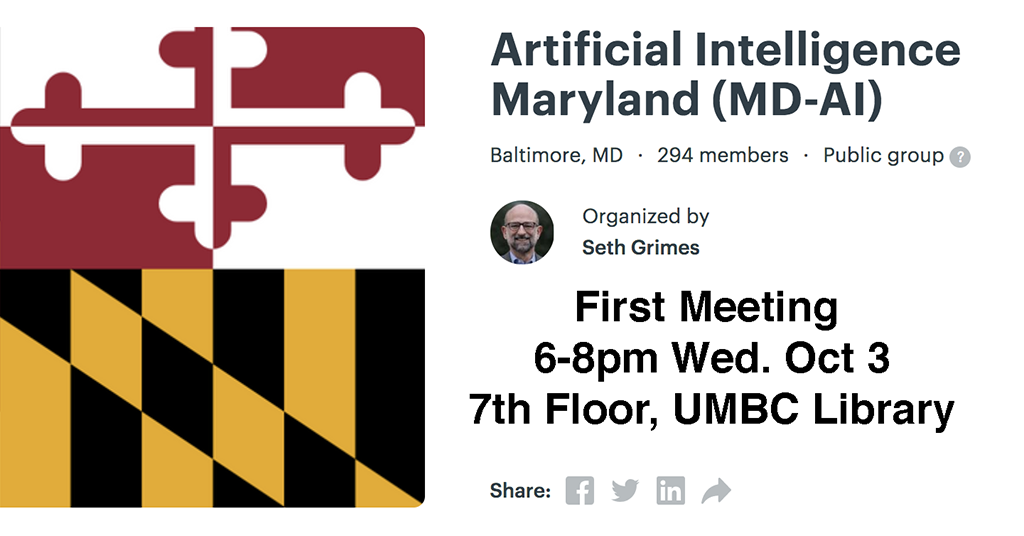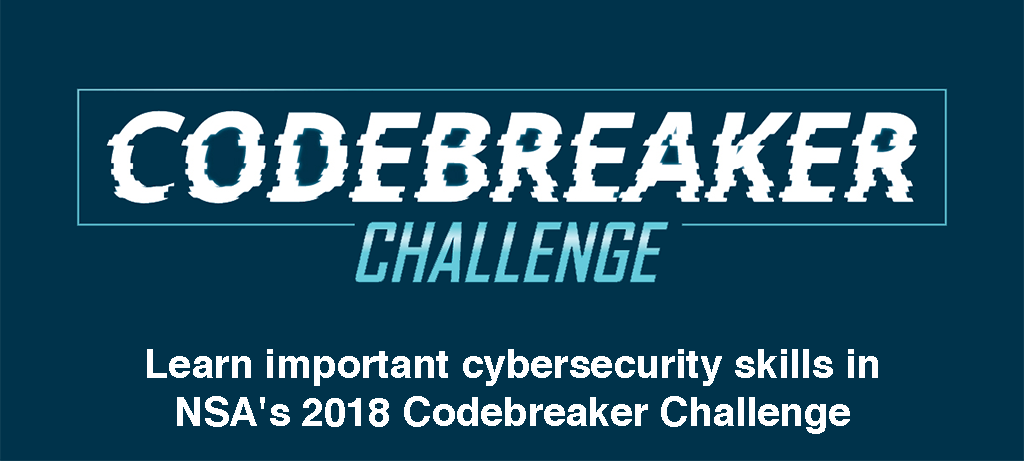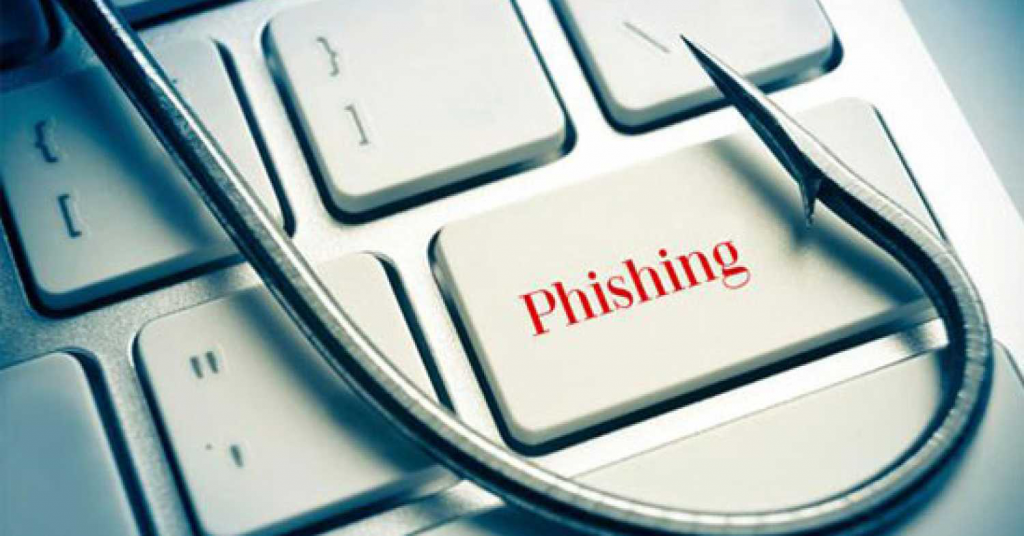UMBC’s Alan Sherman and colleagues receive over $5M in NSF support for cybersecurity education
The National Science Foundation recently awarded Alan Sherman, professor of computer science and electrical engineering (CSEE), and his colleagues, two grants totaling over five million dollars to support students and research at UMBC.
Tools to assess learning
One of the two NSF grants asks the question, what is the most effective way to teach cybersecurity—with competitions, games, hands-on experiences, or other techniques? Through this award, Sherman and colleagues will focus on developing evidence-based tools to assess the effectiveness of various approaches to teaching cybersecurity.
Sherman is working with Dhananjay Phatak, associate professor of CSEE; Linda Oliva, assistant professor of education; and collaborators at the University of Illinois at Urbana-Champaign to create two educational Cybersecurity Assessment Tools (CATS) that assesses a student’s conceptual understanding of cybersecurity. The first tool will be a concept inventory for students in any first course in cybersecurity. The second will be for students graduating from college who will be entering a career in cybersecurity.
Training future cybersecurity professionals
Sherman was awarded more than $4.9 million over five years through NSF’s CyberCorps: Scholarship for Service (SFS) program. The program is designed to increase the number of cybersecurity professionals that are trained to enter careers in government, focused on protecting the nation’s information, communications, and computer systems. Rick Forno, assistant director of UMBC’s Center for Cybersecurity, is co-PI on the new SFS program grant, as well as UMBC’s prior SFS awards.
This funding will allow Sherman to extend the work that he began with support from his previous NSF CyberCorps grant, which ends in August 2019. The Scholarship for Service program at UMBC will support 34 students who are pursuing degrees at the undergraduate and graduate levels in computer science, computer engineering, information systems, cybersecurity, and other cyber-related programs.
The grant funding will also allow Sherman to develop stronger connections with two community colleges in Maryland. Each year, one student graduating from Montgomery College and one student graduating from Prince George’s Community College will be selected to participate in the program beginning in their last year at community college, and continuing through their transfer to UMBC to complete their four-year degree. This collaboration will continue to strengthen the talent pipeline and increase the number of cybersecurity professionals who pursue public service careers.
The scholar experience
The SFS program and other cybersecurity education initiative help students develop their abilities to be prudent, thoughtful, and strategic in “managing trust and information in an adversarial cyber world.” Sherman explains, “Students must also pay careful attention to details and master relevant technical knowledge and skills, such as cryptology, network protocols, system design, and secure programming.”
Each student who receives a scholarship completes a summer internship with a government agency at the local, state, federal, or tribal level. Each recipient is also required to complete government service in a cybersecurity-related position in their field after graduation.
Based on a cohort model, the UMBC program encourages the SFS scholars to learn from each other and to engage in cybersecurity research on campus, such as through Sherman’s Cyber Defense Lab. Each January, the scholars complete a week-long collaborative research project in which they analyze a specific aspect of the security of UMBC’s computer system.
“As we enter the next five years of this grant, UMBC’s SFS program remains a unique, robust opportunity for students to explore the wide range of possibilities in the cybersecurity discipline,” explains Forno. “It allows them to fully prepare for and commit themselves to entering the federal cyber workforce, and make a difference on Day One no matter where they begin their careers in the service of our nation.”
Adapted from a UMBC News article by Megan Hanks. Banner image: Rick Forno, left, and Alan Sherman. Photo by Marlayna Demond ’11 for UMBC.
